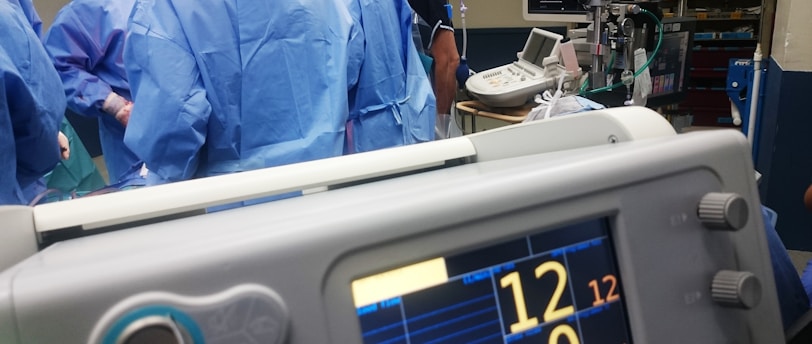The Importance of Medical Ventilators: Saving Lives in Critical Care
Aditi Sharma
10/20/20232 min read


Today, let's talk about a medical marvel that often remains unsung but plays a heroic role in saving lives when we need it most – the medical ventilator.
Picture this: a loved one is struggling to breathe, their chest heaving as they fight for every precious breath. In moments like these, medical ventilators step in as the unsung heroes of critical care, offering a lifeline when it seems all hope is lost.
Breathing Basics
Before we dive into the importance of ventilators, let's understand the basics of breathing. It's something most of us take for granted, but when our bodies can't do it on their own, we need some extra help.
You see, our lungs are like sponges, soaking up oxygen from the air we breathe. This oxygen is transported via our blood to every nook and cranny of our bodies, keeping every cell running smoothly. In return, our bodies produce carbon dioxide as a waste product, which we need to get rid of. Breathing out helps us expel this unwanted carbon dioxide.
When Breathing Becomes a Battle
Now, imagine a situation where the lungs are injured, or a disease like COVID-19 is attacking them. In such cases, the lungs become stiff, making it incredibly difficult to breathe in enough oxygen or exhale the carbon dioxide. That's where ventilators come into play.
The Heroic Role of Ventilators
Ventilators, also known as mechanical ventilators or respirators, are like artificial lungs. They step in to support or even take over the breathing process when a person's lungs are struggling. Here's how they work:
1. Delivering Precise Oxygen: Ventilators supply a carefully measured mixture of oxygen and air to the patient, ensuring they get the oxygen their body desperately needs.
2. Assisting with Exhalation: Ventilators don't just pump in oxygen; they also help remove the carbon dioxide our bodies produce. This is crucial because a buildup of carbon dioxide can be life-threatening.
3. Adjusting to the Patient: Ventilators are incredibly smart. They can be adjusted to match the patient's needs, delivering just the right amount of oxygen and air at the right pace.
4. Constant Monitoring: Ventilators keep an eagle eye on the patient's vital signs, ensuring that they are getting the care they need.
The Saving Grace in Critical Care
In critical care scenarios, ventilators can be the difference between life and death. They provide a lifeline when our natural respiratory system is struggling or failing.
COVID-19, for instance, has thrust ventilators into the spotlight. In severe cases, this virus can ravage the lungs, making it nearly impossible for patients to breathe on their own. Ventilators offer a fighting chance by supporting their breathing until their body can recover.
Ventilators are also used in surgeries when a patient needs to be under anesthesia. They help control breathing while the patient is unconscious, making surgery safer.
The Human Touch
What's remarkable is that behind these life-saving machines, there are skilled healthcare professionals who monitor, adjust, and make crucial decisions about the ventilator settings. It's a perfect blend of human expertise and technology.
So, the next time you hear about medical ventilators, remember the extraordinary role they play in saving lives. They are a testament to human ingenuity and the unwavering dedication of healthcare workers.
In the end, ventilators are more than machines; they are a symbol of hope and resilience, reminding us that when human life is at stake, innovation and compassion combine to ensure that breath by precious breath, we continue the fight for life.
